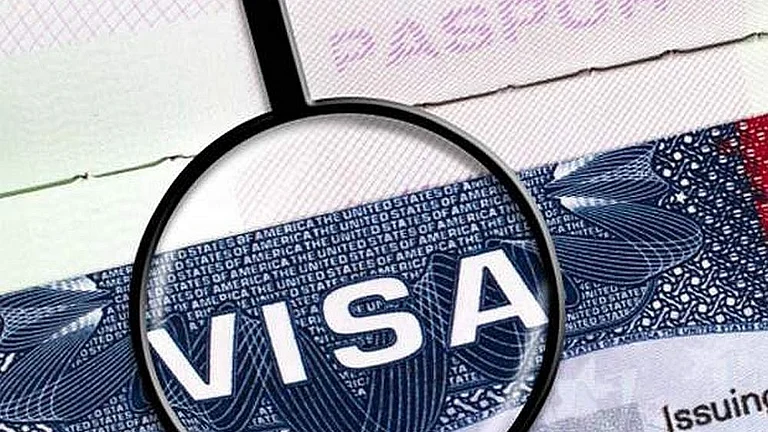In all Canadian jurisdictions except Nunavut, at least one prominent organization or agency has established a definition of elder abuse and neglect. The Toronto Police Service's (TPS) Policy & Procedure Manual contains a specific methodology for criminal investigations involving "Abuse of Elderly or Vulnerable Persons." This protocol outlines the TPS's suggested methods for handling abuse reports involving elderly or vulnerable people.
The term "elder abuse" refers to actions that harm an elderly person or endanger their safety or well-being. It frequently results from a person acting in a way that the victim perceives them to be acting in a position of trust or reliance.
Health Canada defines it as “the physical, psychosocial or financial mistreatment of a senior”.
There exists different kinds of abuse including- physical, sexual, emotional and/or psychological and financial abuse.
Elder abuse is a human rights issue, calling for a prompt and effective response from Canada's government and local communities.
Ontario Provincial Legislation for Victims of Crime
On June 11, 1996, the Province of Ontario passed the "An Act Respecting Victims of Crime," which included the Victims Bill of Rights. With regard to both the criminal and civil justice systems, this legislation aims to recognise and uphold the interests and rights of crime victims, especially older adults.
The Act's guiding principles declare that victims have the following rights:
-receive treatment that is characterized by politeness, kindness, and respect for their privacy and dignity.
-Obtain knowledge about the assistance and solutions offered to victims.
-Access information on how criminal investigations and prosecutions are going, as well as news about sentences and the temporary release of criminals from custody.
-be given the chance to have police officers and other officials who are the same gender as the victim question them in situations of sexual assault.
-When it is no longer necessary for justice system functions (such as investigations, trials, or appeals), have the property swiftly returned by justice system authorities.
-Learn about parole, short-term absences, and escapes from custody for offenders who have been conditionally released from custody.
-access details about plea agreements and pre-trial proceedings, and comprehend
Canadian Victims Bill of Rights
The Canadian Victims Bill of Rights Act (Bill C-32) is a proposed federal statute that would grant victims of crime, including elders, rights to information, protection, participation, and reparation. These rights consist of:
(a) Having access to information on the criminal justice system, victim support services that are offered, and the channels for filing complaints when rights are infringed.
(b) Information on how investigations, criminal proceedings, reviews throughout an offender's involvement in the correctional process, and hearings held after determinations that an individual is not criminally accountable or not physically capable of standing trial are all progressing.
(c) The competent criminal justice system authorities taking security and privacy into account.
(d) Defence against coercion and reprisals.
(e) The choice to ask for testimonial assistance.
(f) The right to voice opinions regarding decisions that may affect their rights under this Act etc.


























